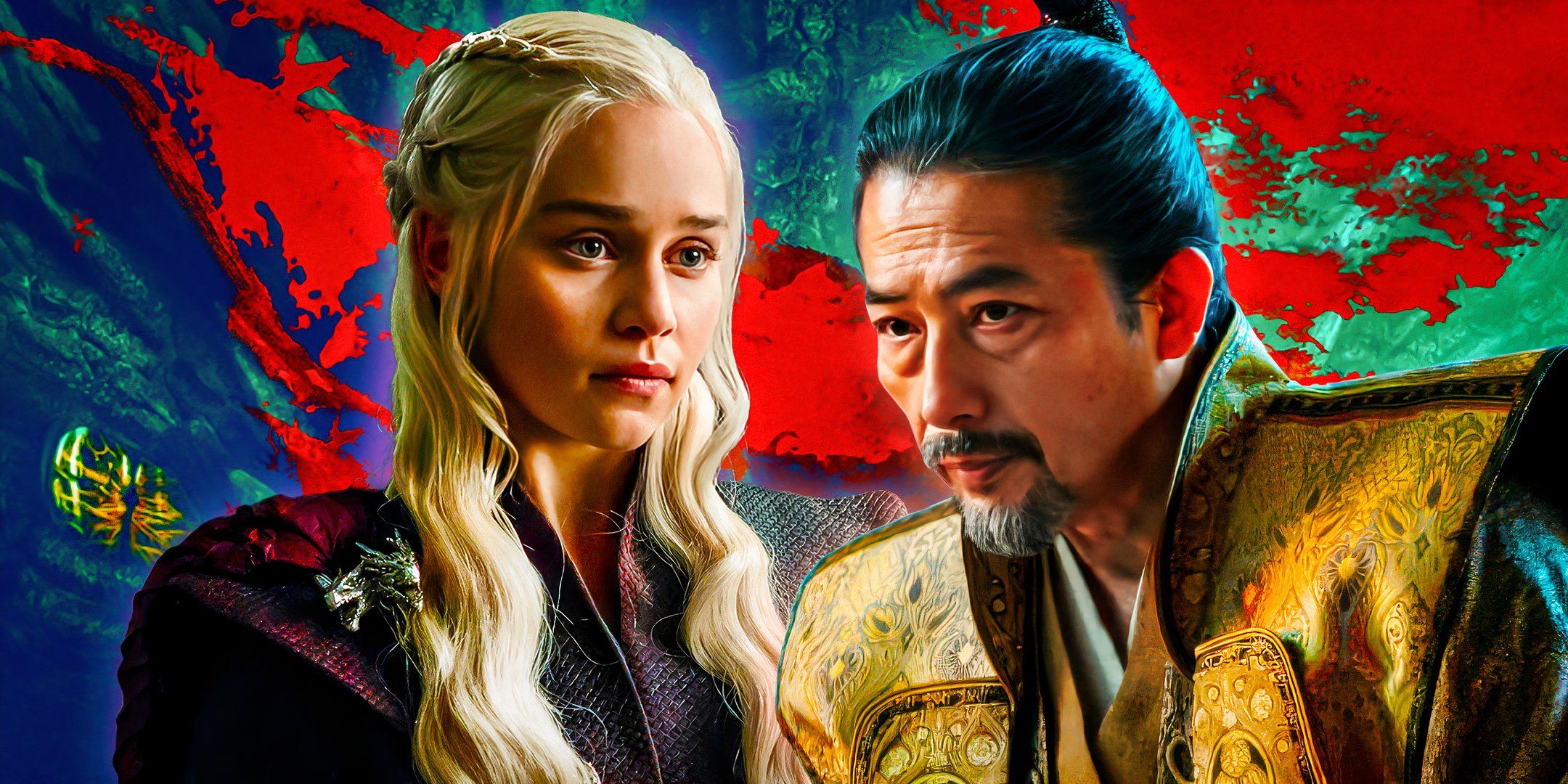
The concept of Shōgun did not simply originate in the minds of its creators, Justin Marks and Rachel Kondo. It was based on the classic novel by James Clavell that portrayed real-life historical figures such as Tokugawa Ieyasu (Toranaga) and William Adams (John Blackthorne) and actual events such as the Battle of Sekigahara (1600). It also had the Emmy-winning 1980 miniseries starring Richard Chamberlain and Toshirô Mifune to use as a reference. Clavell wrote other historical novels as part of his “Asia Saga” but no direct sequels to Shōgun. Still, Marks and Kondo have one advantage that the Game of Thrones writers didn’t have.
Shogun Season 2 Is Already Going Past The Source Material
Game of Thrones ended terribly after it exhausted its source material
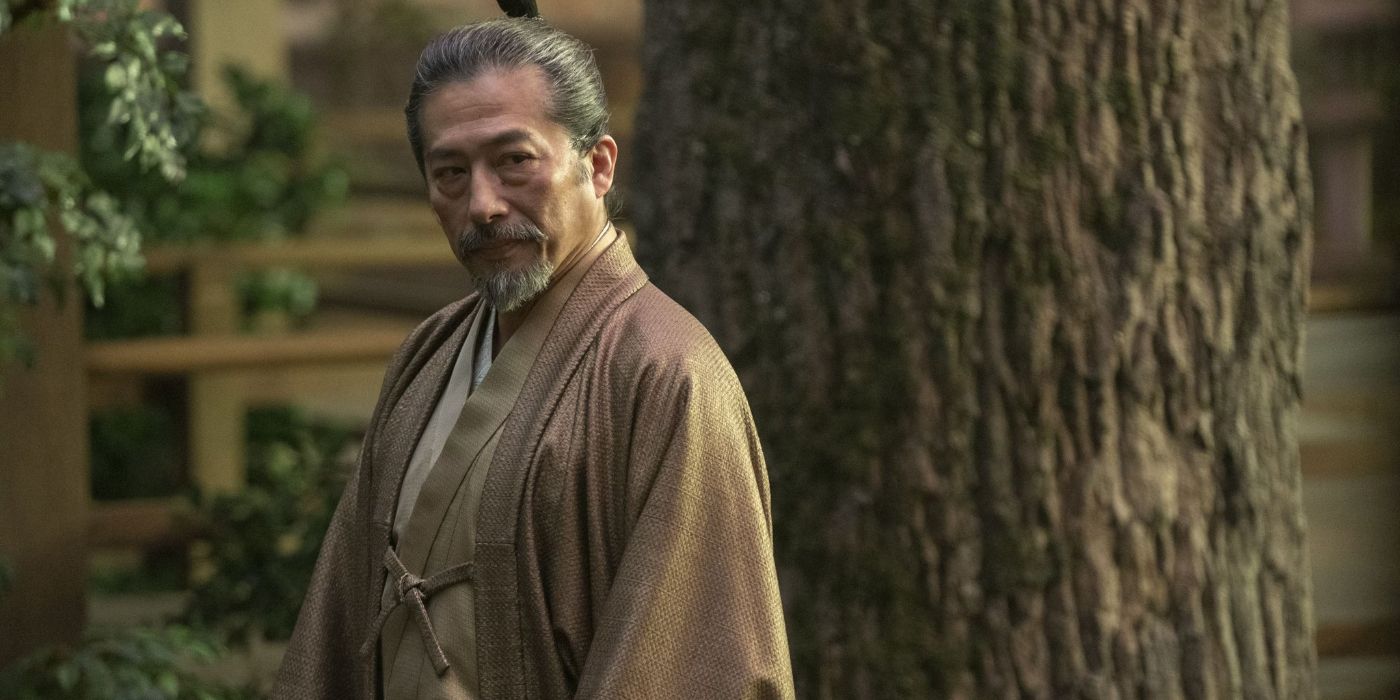
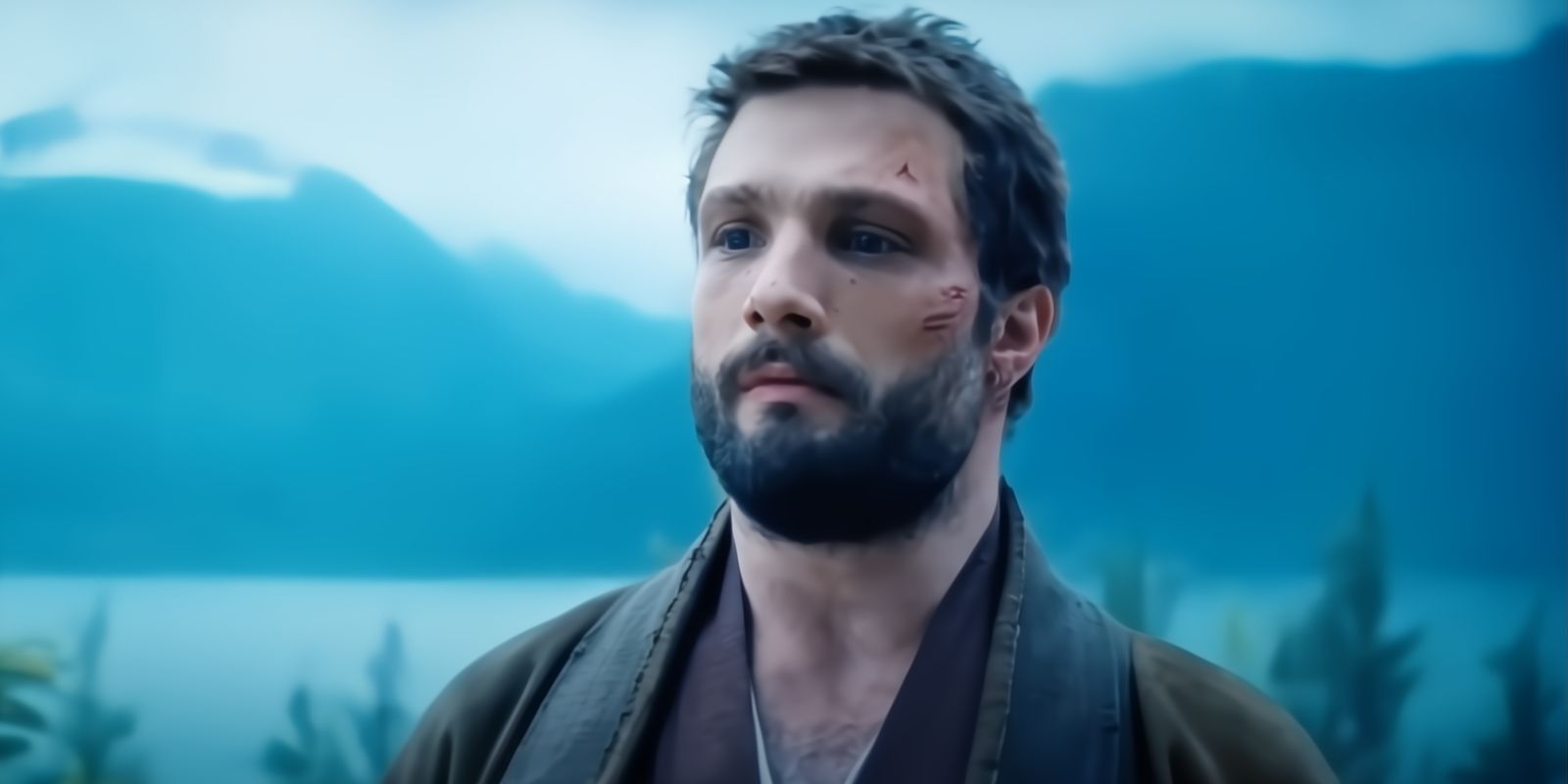
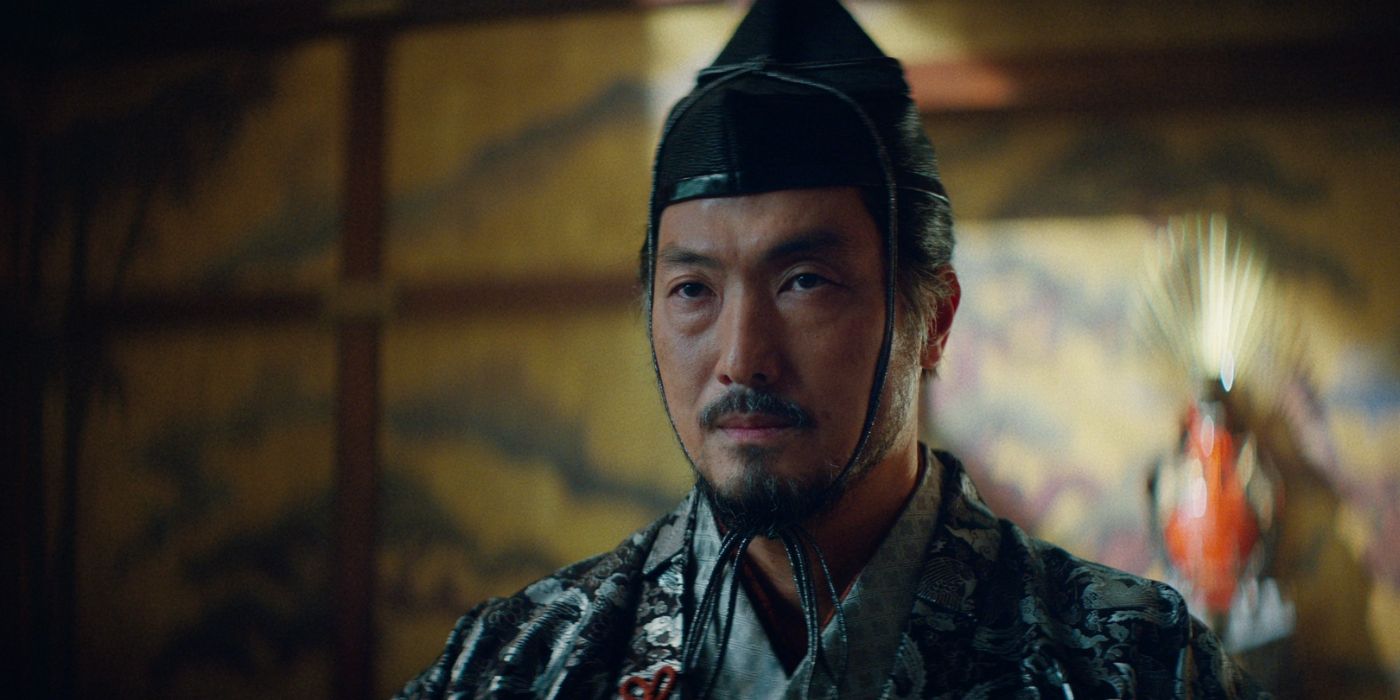
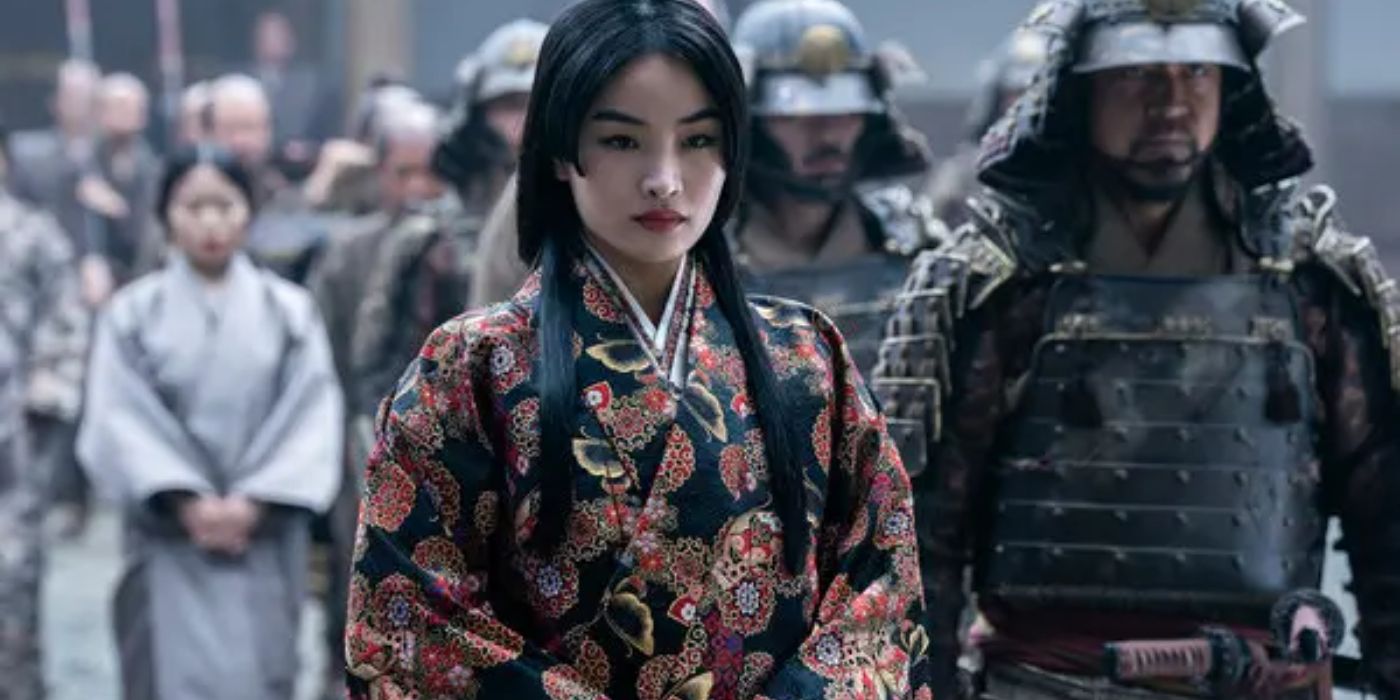
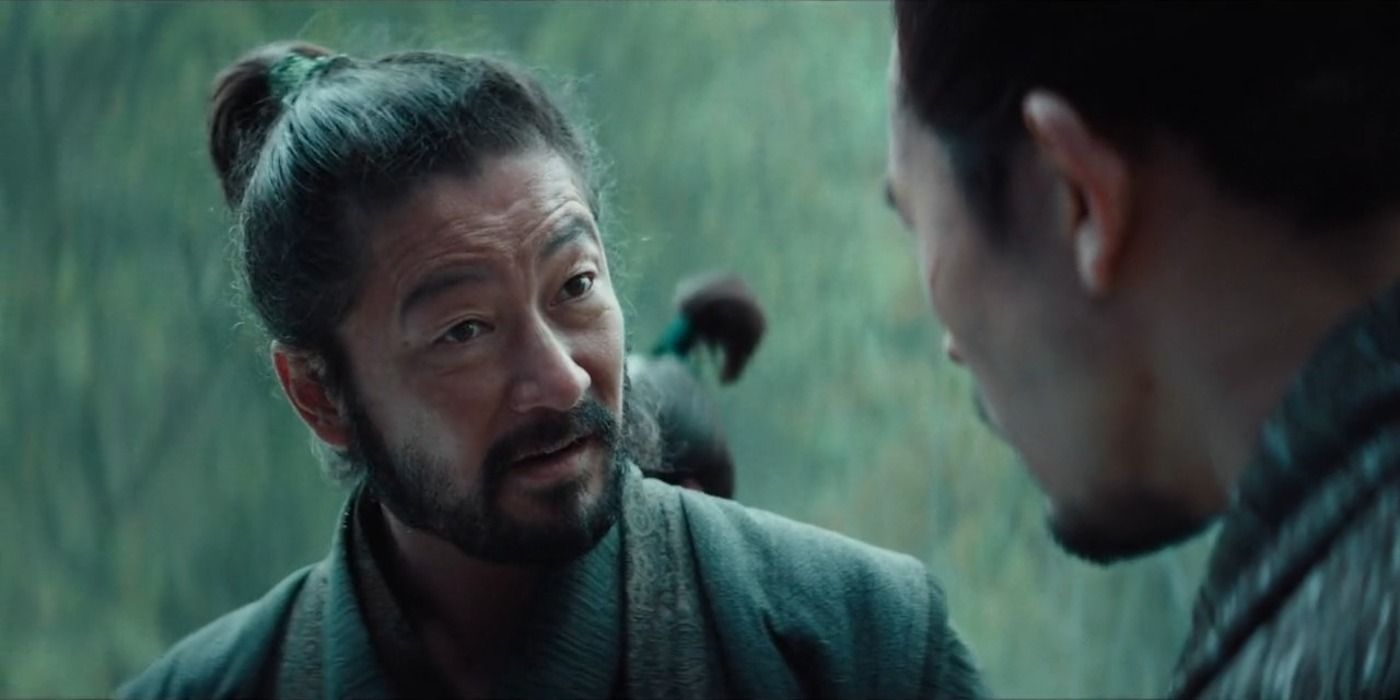
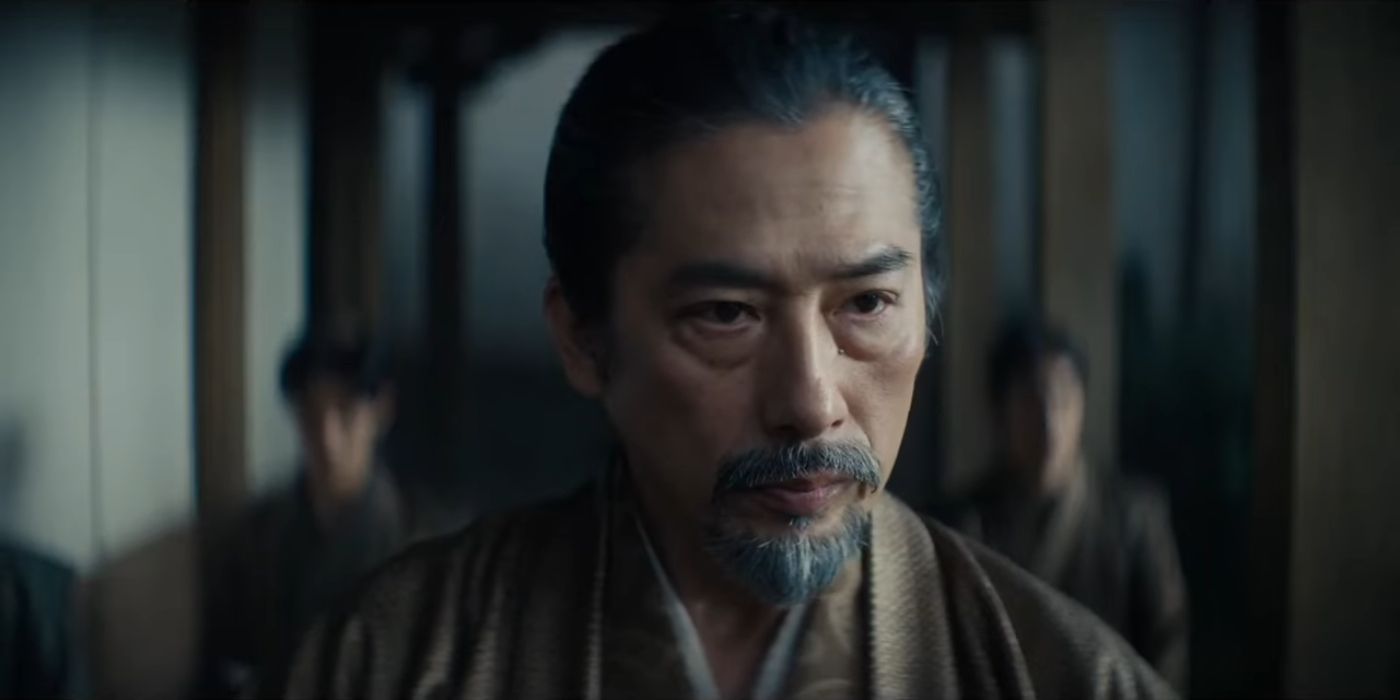
There is a big difference between original screenwriting and adapted screenwriting, particularly since most adapted works have already been tried and tested.
As far as literary source material goes, Shōgun has completed its story based on Clavell’s novel alone. Running out of source material is a major reason why Game of Thrones went downhill after the fifth season, leading to an all-time disappointing finale. Since Shōgun season 1 adapts the entire Clavell book, season 2 will inevitably run into the same issue. As the failure of Game of Thrones’ final season demonstrated, closing out a series based on source material with new original content is no easy feat. There is a big difference between original screenwriting and adapted screenwriting, particularly since most adapted works have already been tried and tested.
Shōgun has set a fantastic foundation to build and expand on with its first season, even if some of its fan-favorite characters will not be returning. Toranaga and Blackthorne will remain the backbone of the entire series, while the somewhat underutilized characters Usami Fuji and Buntaro will hopefully fill in the massive gaps left by Yabushige and Lady Mariko. Ochiba-no-kata, the Mother of the Heir, will likely remain the series antagonist with the inevitable defeat of Lord Ishido. Depending on when Shōgun season 2 will be set, new characters such as Toranaga’s other son and an older heir of the Taikō, Nakamura Yaechiyo, could be introduced as well.
Shogun Season 2 Has 1 Big Advantage Game Of Thrones Didn’t
Shogun’s rich historical background should provide most of its narrative inspiration
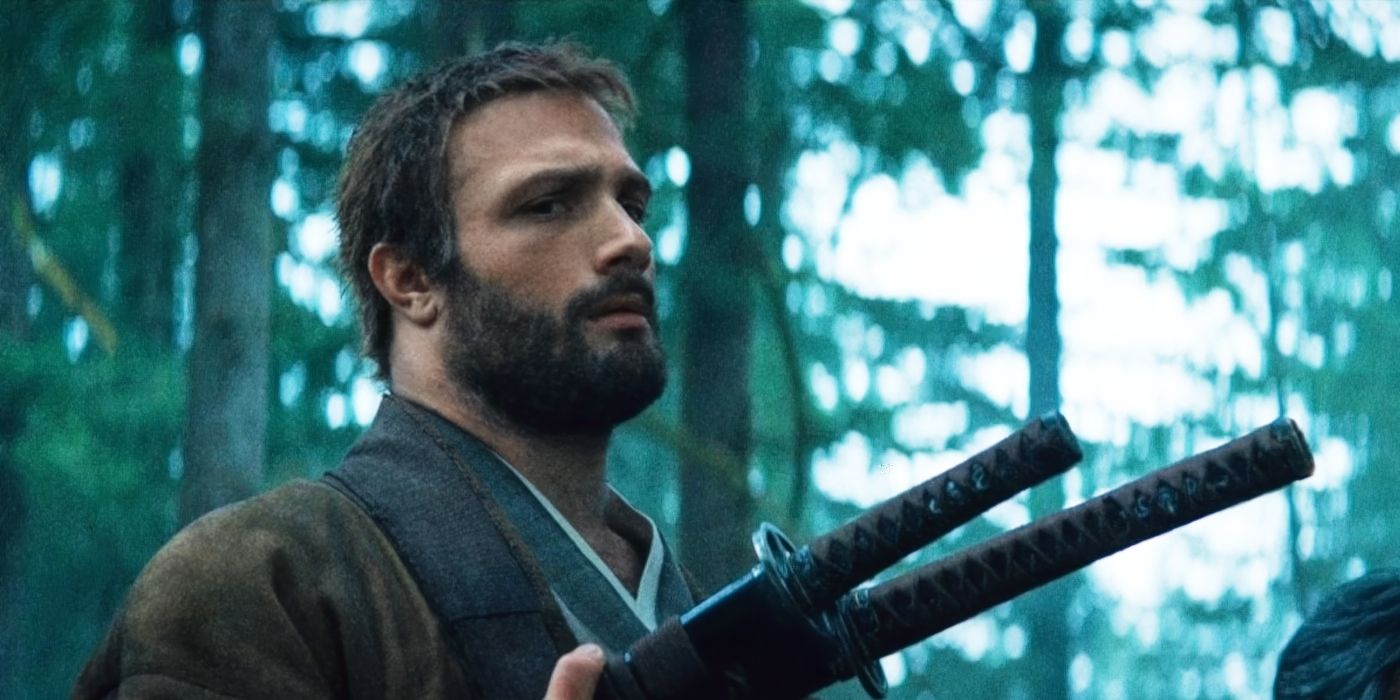
What’s crucial for Shōgun’s longevity is for Marks and Kondo to stick to the historical blueprint and avoid derailing the series into the realm of pure fiction.
The fact that the creators of Shōgun have real-world history to help shape its story is the main reason why I’m optimistic about season 2. Game of Thrones, a fantasy series, obviously did not have the same luxury, which is truly a major advantage for the prospect of future seasons of Shōgun. After the backlash from fans about the lack of the anticipated war in Shōgun season 1, episode 10, what better way to start season 2 than with the Battle of Sekigahara itself and the death of Lord Ishido, marking Toranaga’s ascension and establishment of his shogunate?
There is even ample historical information available to cover Shōgun season 3. The Siege of Osaka, which occurred in 1614, was the final military effort to end Tokugawa’s reign by the Taikō’s son, who was depicted as a child in season 1. There is plenty of material for the creators of Shōgun to draw from thanks to the rich and compelling history of the Tokugawa shogunate. What’s crucial for Shōgun’s longevity, however, is for Marks and Kondo to stick to the historical blueprint and avoid derailing the series into the realm of pure fiction. Part of what makes Toranaga so compelling is how he brings a legendary figure to life. The series can’t afford to lose that part of its identity.
Shogun Gives Another Reason To Not Be Worried About Season 2
Marks and Kondo have found a new clear ending for its titular character
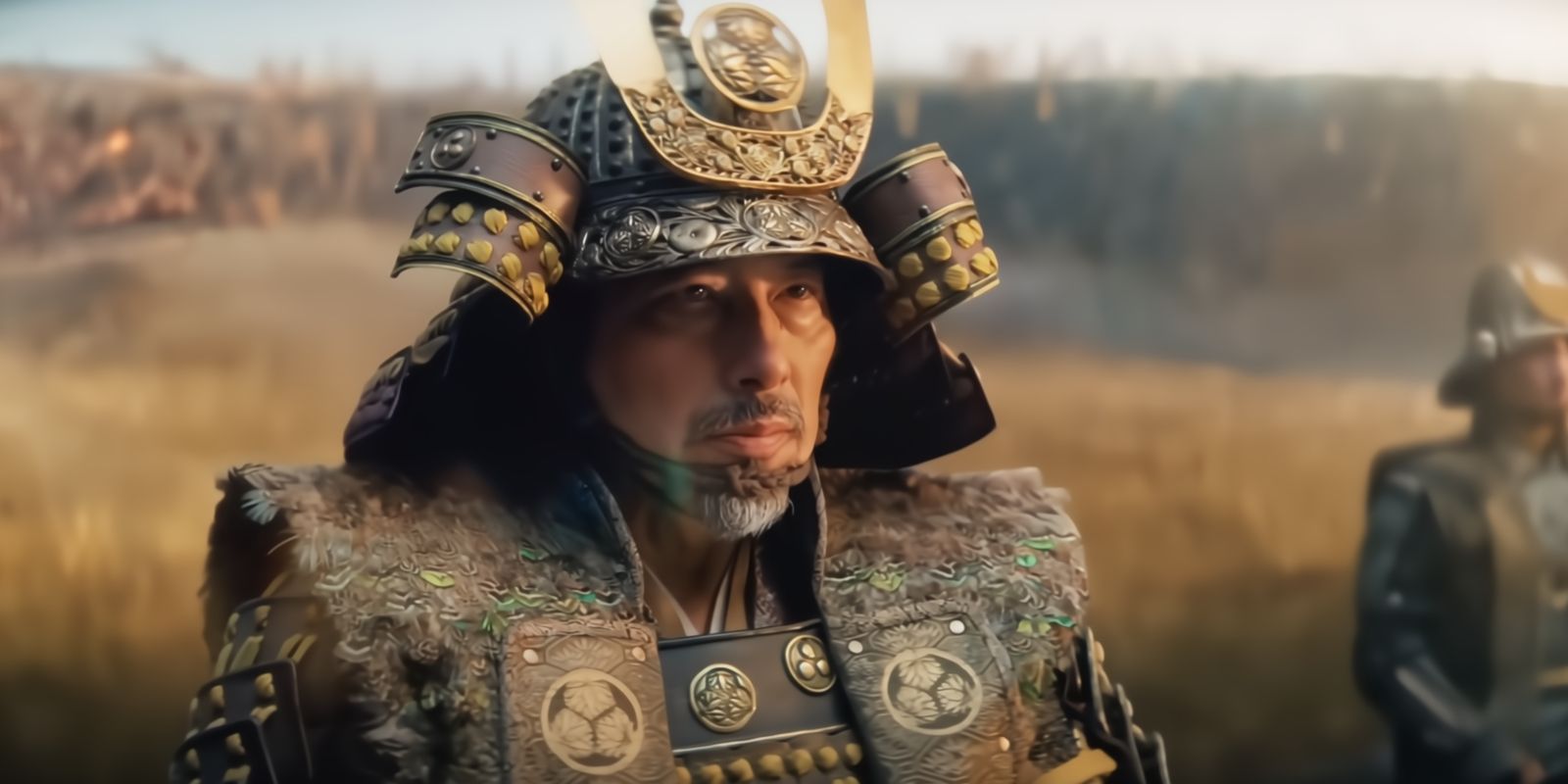
Marks and Kondo recently opened up about their creative process going into development on Shōgun season 2. Marks noted, “There were a lot of questions that we felt were still unanswered in the story. Not the least of which is that the title character doesn’t become the title character. And yeah, that’s really when you have history on your side, what you don’t have on your side is this wonderful book moving forward. There are no roads where we’re going.” It’s reassuring that Marks and Kondo are fully aware of the task at hand and have envisioned a clear ending for Shōgun even if it arrives years after its initial conclusion.





